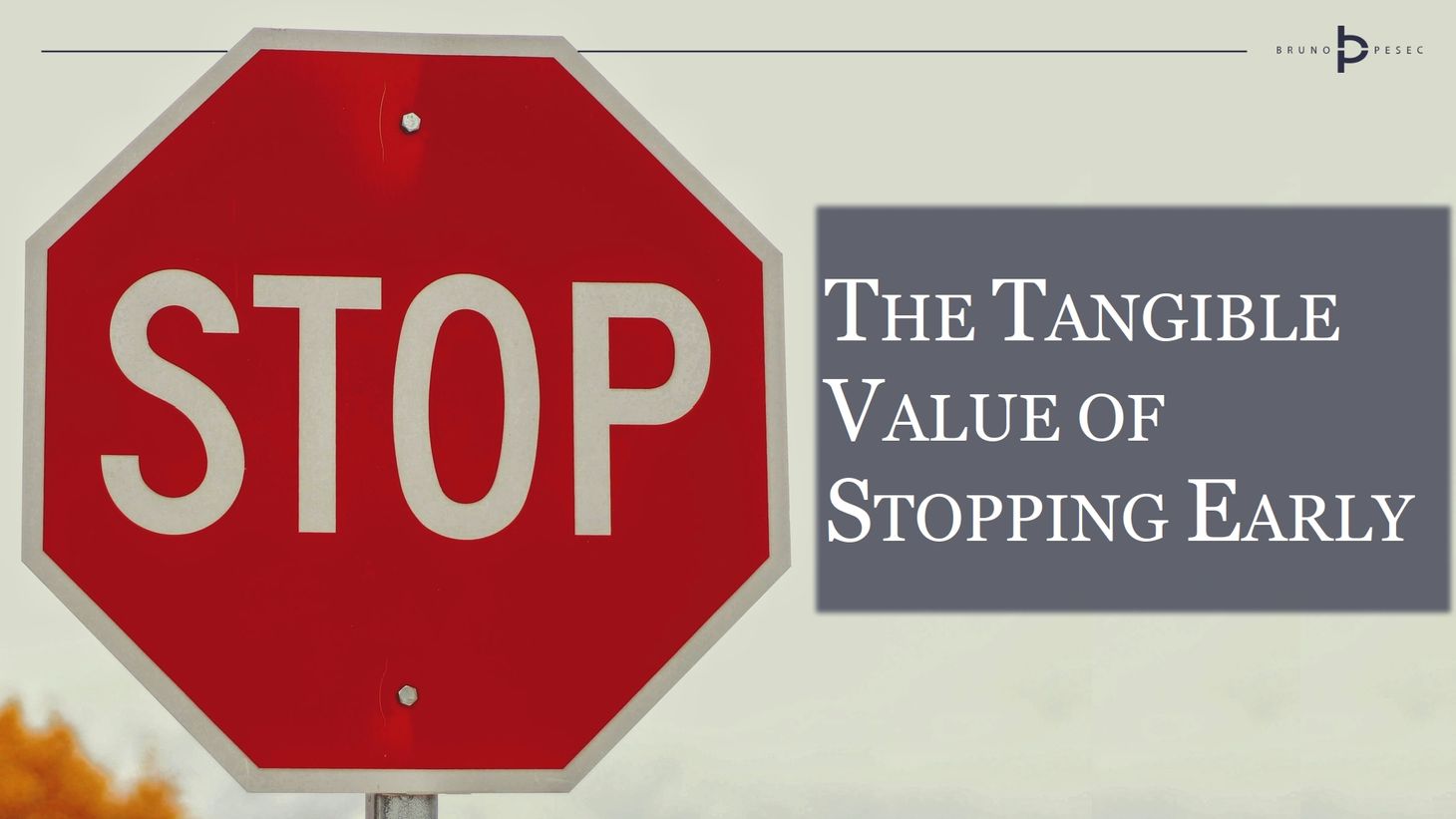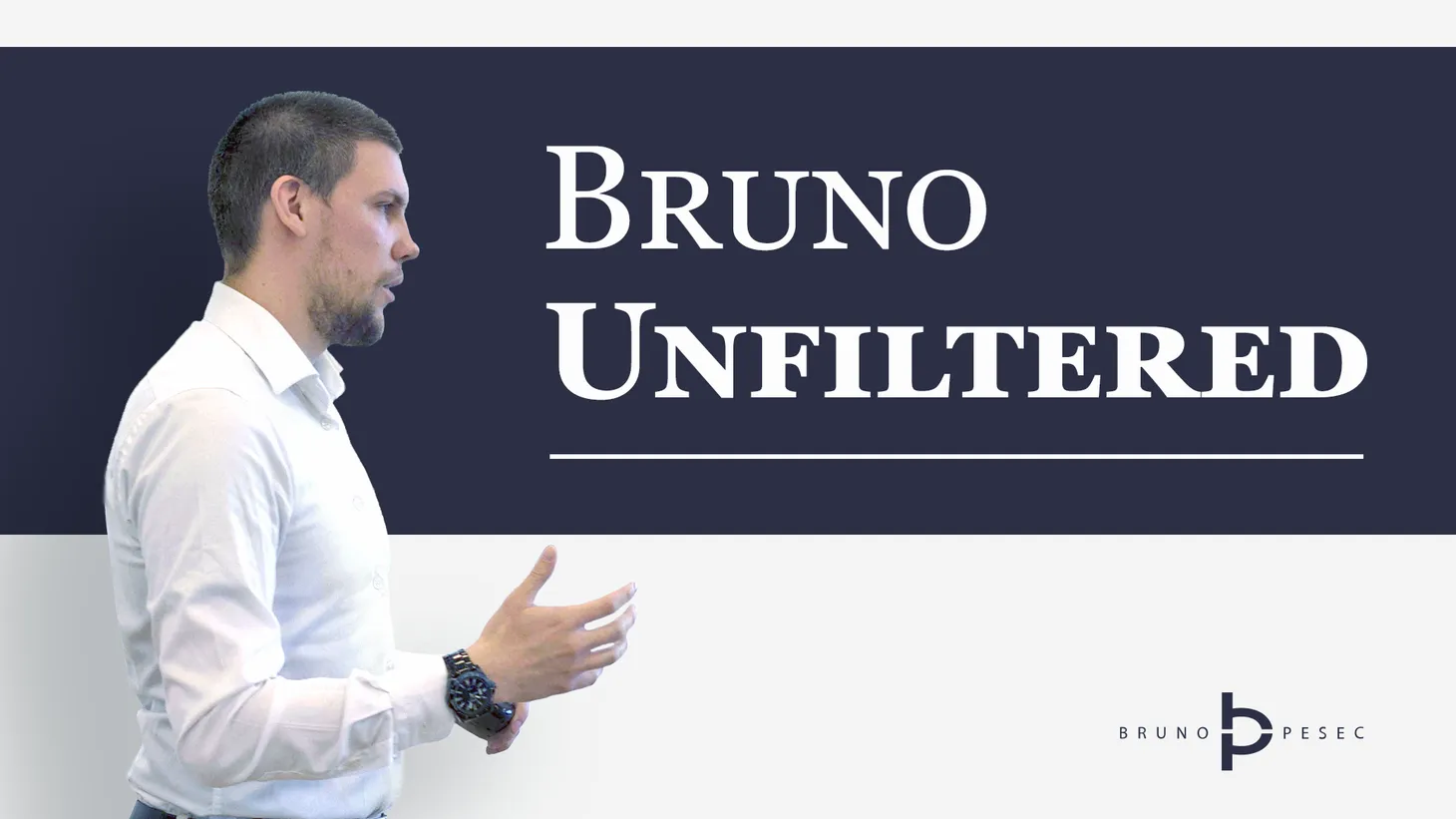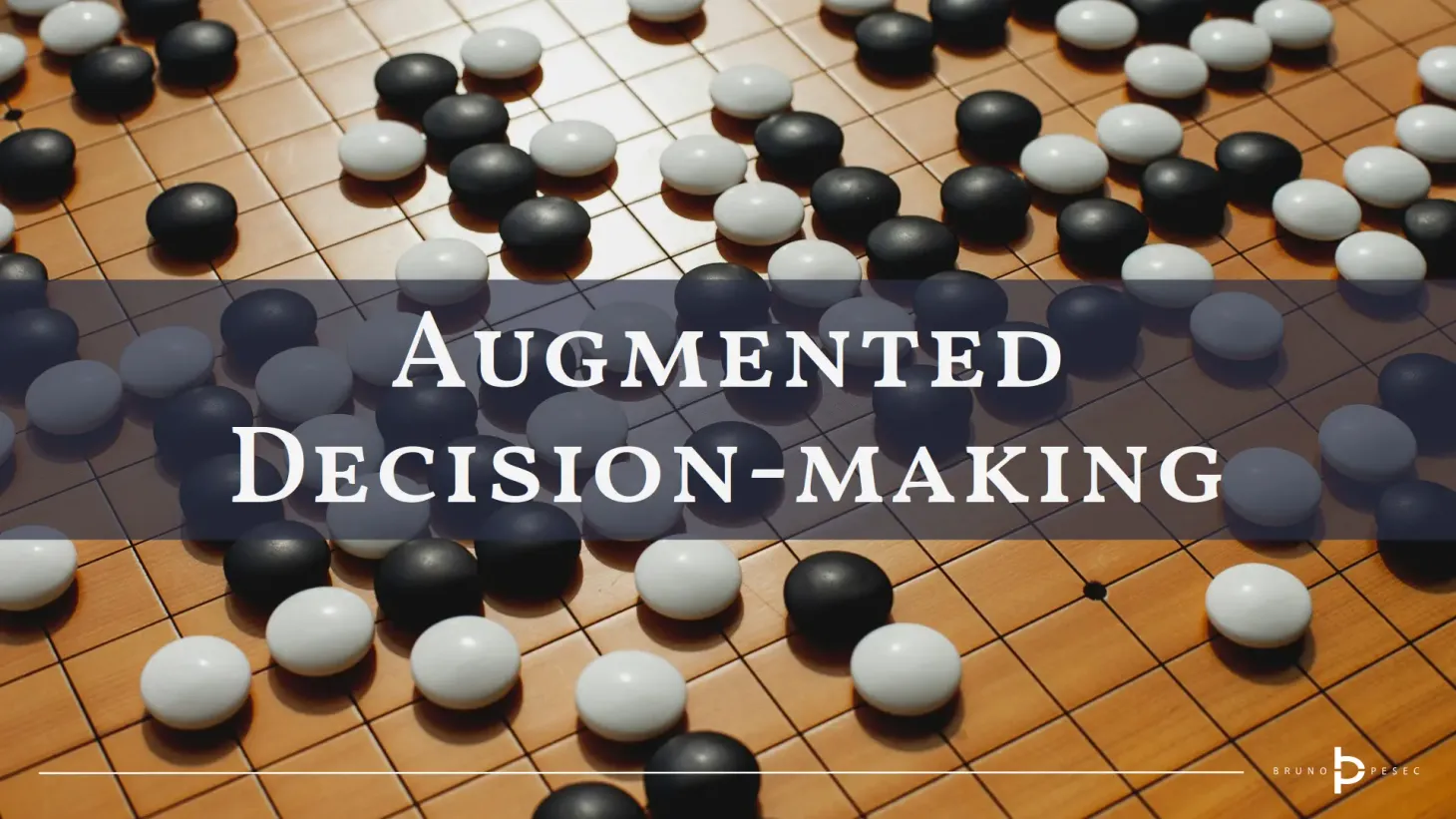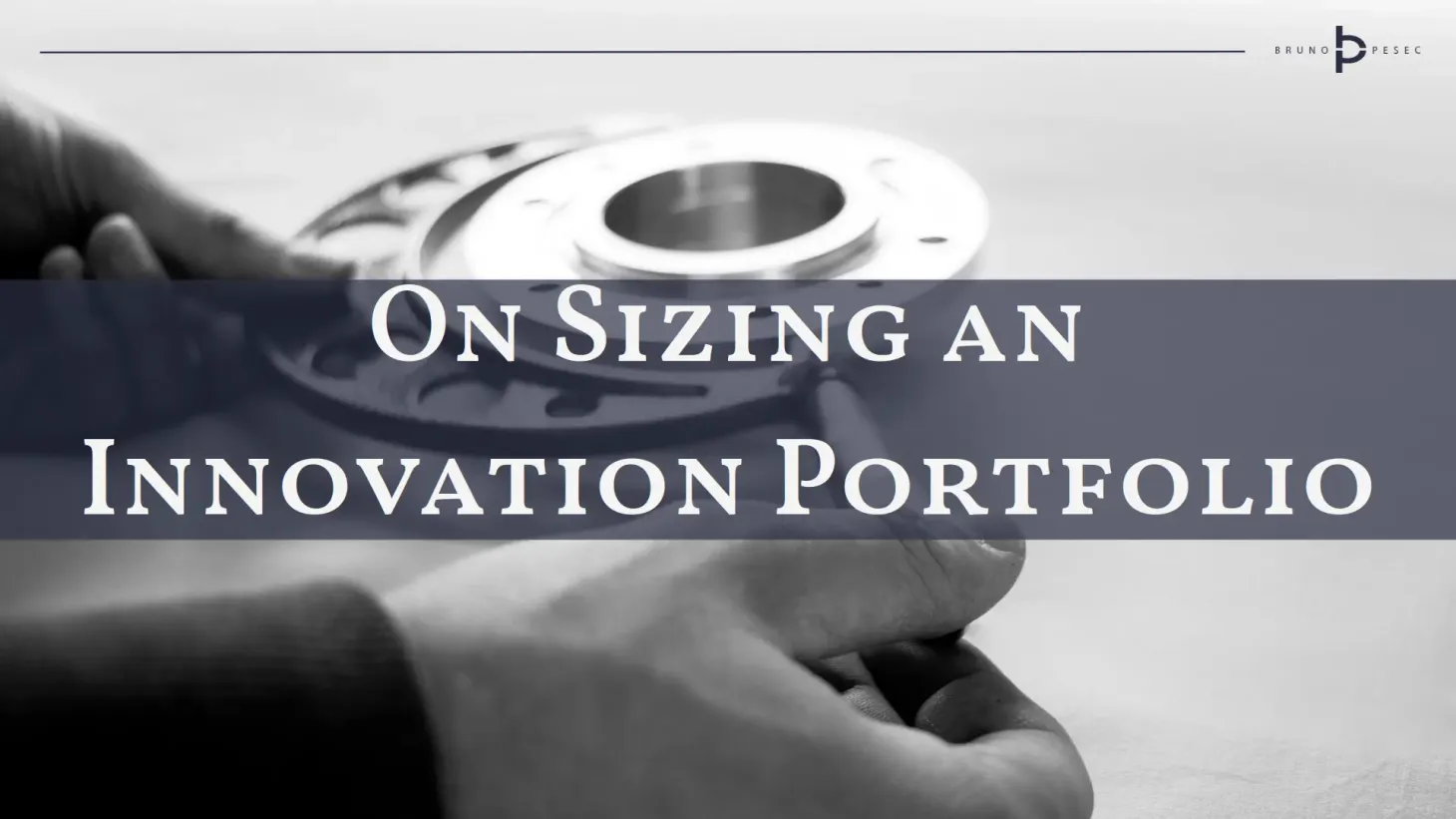The tangible value of stopping early
Evidence-driven innovation investments.

Once you commit to an idea, you must see it through at all costs.
Or do you?
- Yes, if you are an entrepreneur who is betting their livelihood on it. The cash you have is your only runway, so make sure you learn fast and pivot as needed to reach a viable business model as soon as possible.
- Yes, if you are an innovator whose idea it was. You are best positioned to explore, validate, and audit your idea. Of course, with appropriate help and support from the rest of the organisation. When it comes to scaling the idea, someone else might take over. That’s fine.
- No, if you are a manager or executive tasked with innovation management in your organisation. Your job is to ensure attractive ROI in innovation. You can’t do that if you allow sunk cost fallacy and opportunity cost to ravage your portfolio.
Allow me to expand on the last point.
Developing innovative projects isn’t a clear cut, predictable affair. Something might seem to be a good idea, only to be later discovered that there is very little interest from customers or that perhaps you aren’t the right company to pull it off.
You want to learn that as soon as possible, so you can liberate people and resources. This in turn, will allow you to focus on new innovation projects. Holding them back only increases your opportunity cost.
On the other hand, just because you’ve been repeatedly investing into one project, doesn’t automatically mean it is a good investment. The amount of money spent so far should have much less weight than actual evidence presented (e.g. market response, adoption rate, traction, risk-adjusted revenue projections, etc.). When you allow past investment to cloud your judgement, you are falling for the sunk cost fallacy.
What about fear of missing out?
If the idea is good, it’ll come back. Remember, gluttony is an insidious waste that opens the floodgates to other wasteful activities.
Yes, you want innovators who are passionate and committed to their idea and innovation project.
But you, your commitment should be to whatever is the next logical investment milestone for that project. And that should never be a jump from “we need two weeks to check it out” to “we need three divisions, 20 millions euros, and an external agency to make this a smashing success.”
Remain vigilant, weigh the evidence at hand, and stop what needs to be stopped. Wasted time can never be recovered.
Bruno Unfiltered
Subscribe to get the latest posts delivered right to your inbox. No spam. Only Bruno.




